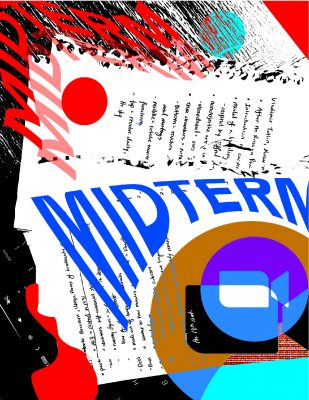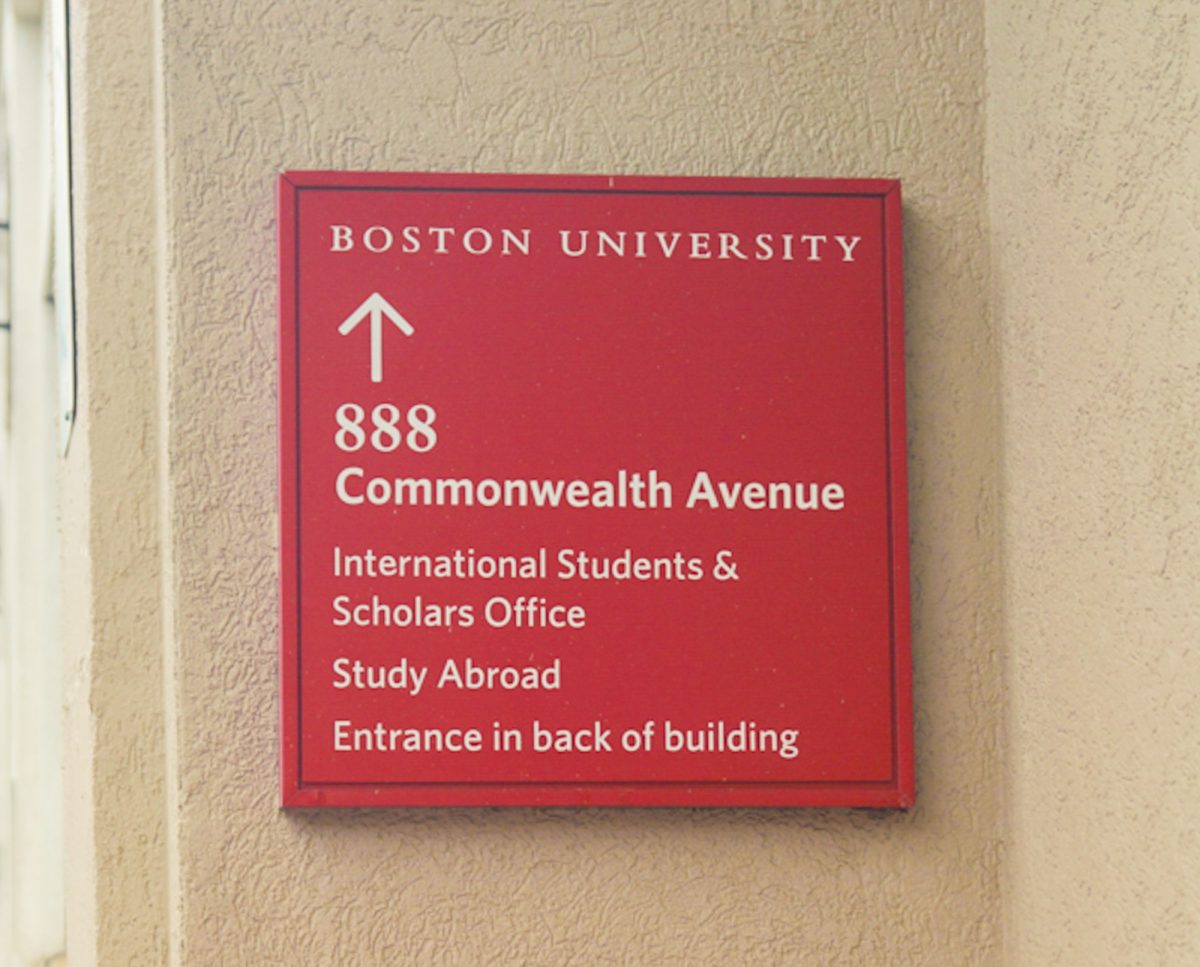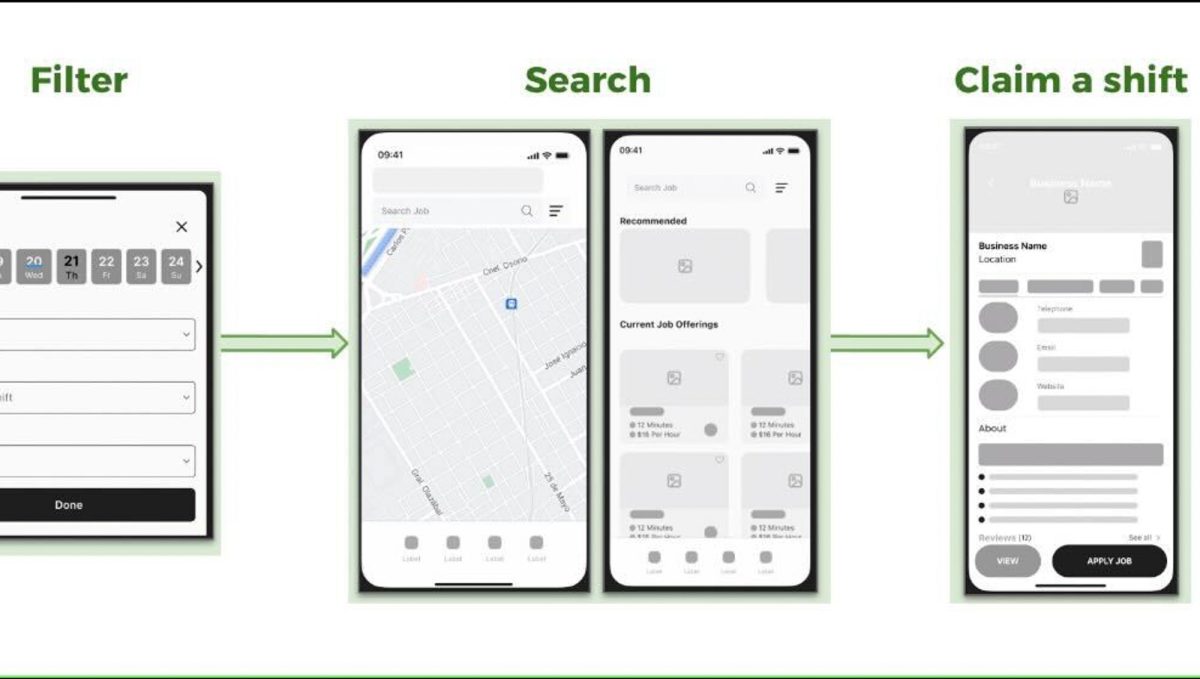After the stress students and professors have endured under higher education’s transition to online learning, it only makes sense to have normalized open-note exams.

But why should the use of open-note testing be limited to virtual learning, as if it’s some consolation prize to students who are dissatisfied with their college experience during the pandemic?
Virtual learning has shown us what is possible in higher education, and those new possibilities have the potential to carry on after we return to in-person classes. Recorded lectures, for one, would help students who are reviewing content after class. Open-note testing is also effective and offers just as many benefits.
Harvard University professors, recognizing the inequities that may present themselves among students during a closed-book, online exam, are embracing open-note assessments. In fact, the Office of Undergraduate Education encourages adapting exams that are not closed-book or proctored.
Although this is neither required nor recommended for Boston University courses, some individual professors have also implemented open-note testing. And in light of COVID-19, even the College Board has made Advanced Placement exams open-note, modeling them after college take-home exams.
Open-note testing is actually very practical because it requires students to synthesize information and analyze data in a timed environment. College Board states the same: “having resources available may save you time in memorizing information; however, you still need to know how to apply the information efficiently and correctly. This takes preparation.”

Knowing how to use information is much more important than memorizing it, because let’s be honest, when will you not have access to the information you need in real life?
Open-note tests may also incentivize students to learn more. While compiling their notes to prepare for these exams, students will solidify their understanding of concepts. I’ve always found that along with doing practice problems, one of my most effective study strategies is making a “cheat sheet” or study guide — even when I won’t be bringing the sheet into the exam with me.
Open-note testing is also important because it has the ability to uplift students. Currently, the way we test students is neither a fair nor accurate measurement of their intelligence or knowledge of the material. The flaws in our testing system reflect the flaws of our education system as a whole — the way it’s structured benefits those who learn traditionally over those who have bad memory or are visual, aural or kinesthetic learners.
As a result, many students may be discouraged either by their inability to memorize or by the cookie-cutter and formulaic nature of exams. Understanding the content simply isn’t enough to ace or even pass a test — my discouragement alone testifies to this.
All my life, I’ve struggled with a terrible memory because of health issues. It causes undue stress when I know the material but will inevitably forget the necessary formulas or equations to solve a problem.
Of course, these flaws cannot easily be fixed by open-note testing. They are ingrained in the way our education system is structured and must be targeted at a fundamental level: learning must be made accessible, starting in the classroom. But for now, open-note testing can help level the field a little more and, at the very least, address one of the symptoms of inaccessible higher education.
Think of it like this: open notes are a learning tool for both studying and the exam. It doesn’t give students answers, just the information they’ve been learning in class the entire time. It doesn’t give an unfair advantage, either, because all students have access to the same pool of information.
To be clear, open-note and open-book testing are not the same thing as open-web testing or collaborating with other students. They should not be conflated with academic dishonesty or made to be an issue of integrity. And now that the pandemic has given us the opportunity to try open-note testing on a larger scale, it should be even easier to implement in person, without the added worry of students having access to the internet and academic resources such as Chegg.
If for some reason the exam is made ineffective by allowing open notes, that would only shed light on the flaws of that exam. Exams should be redesigned so that they effectively test students’ ability to problem-solve beyond just copying facts or formulas. This is what open-note testing promotes: an emphasis on understanding rather than regurgitation.



















































































































